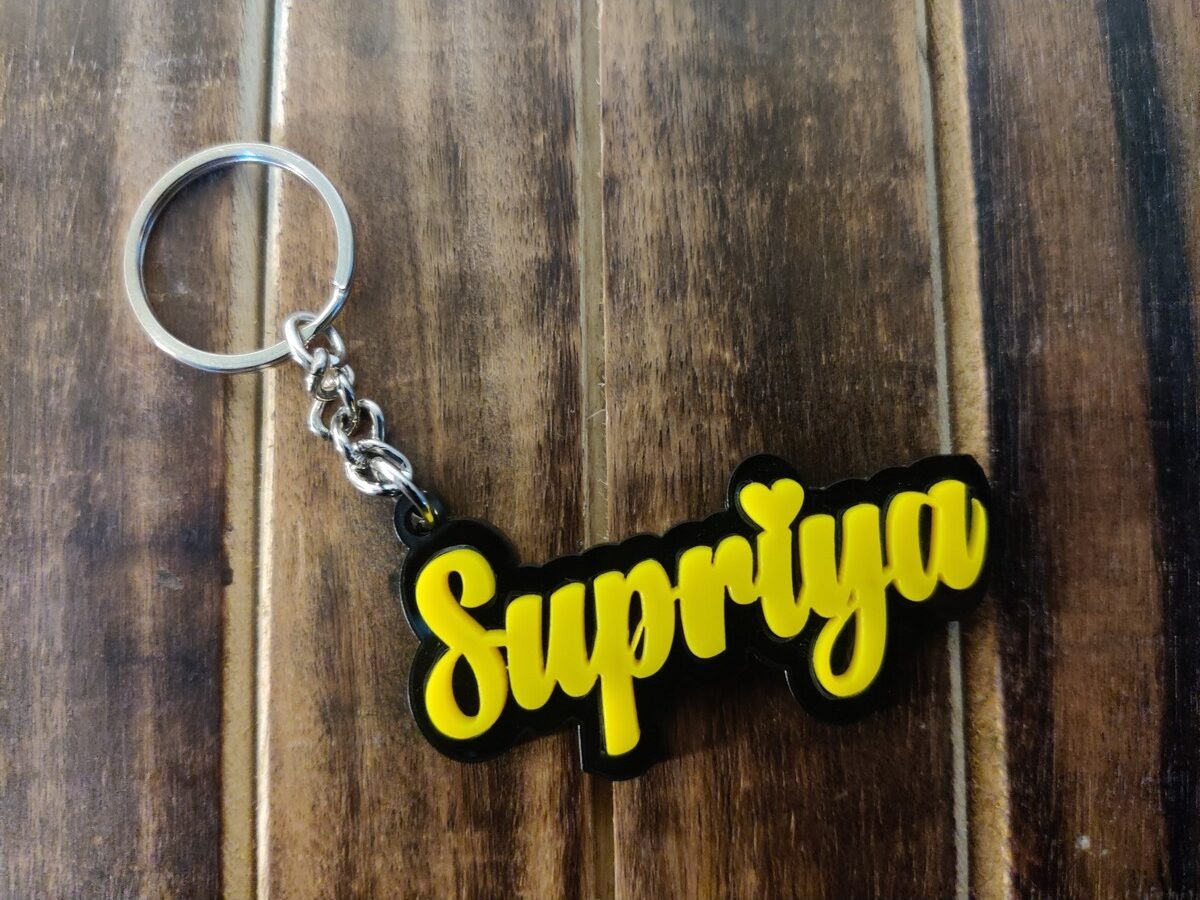Starting an online shop sounds exciting—until you sit down to figure out how to actually get people to care about keychains. I’ve been there. You’ve got creative ideas, maybe even a few early designs you’re proud of, but turning that into a business? That’s where things get real. The good news? Selling custom keychains is a smart, low-barrier entry into the world of e-commerce—and if done right, it can be surprisingly profitable.
Let’s walk through how to do it without losing your sanity (or your savings).
Why Custom Keychains Sell So Well (Even When You Least Expect It)
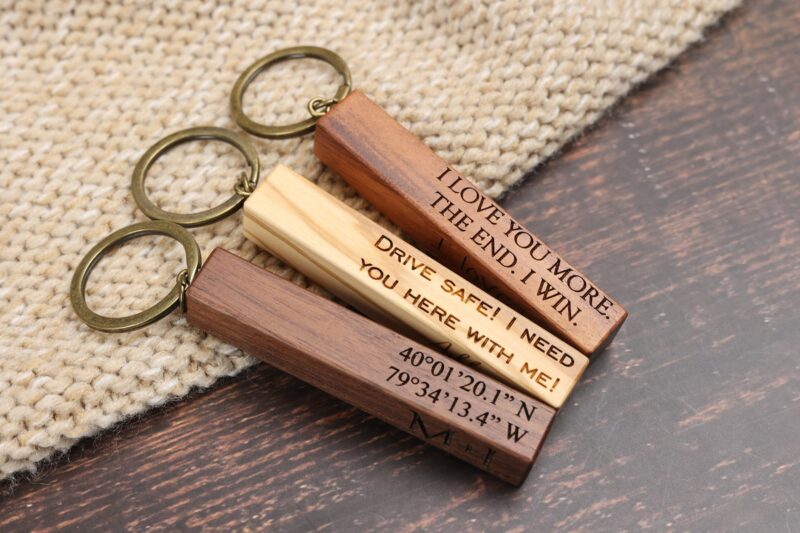
Keychains might be tiny, but they pack a surprising punch when it comes to personal expression. People buy them to remember events, show off their fandoms, or simply to make their keys feel a bit more “them.” They’re affordable, collectible, and easy to ship—which also happens to make them a dream product for online sellers.
Some key perks:
- Low production costs mean you don’t need to break the bank upfront.
- Easy storage and shipping make it simple to run your shop from home.
- Appeal across all age groups—from teens to collectors to corporate clients.
- Room for creativity in material, shape, color, and message.
So, if you’re crafty or have a design style people connect with, customized keychains might just be your golden ticket into online retail.
Source or Make Your Products: What’s Your Model?
Let’s talk logistics. There are generally three ways to approach product creation when selling keychains online:
- Handmade by you – Ideal if you’re crafty with resin, leather, polymer clay, etc. Great for control and branding, but time-intensive.
- Partner with a manufacturer – If you’re more of a designer than a hands-on maker, this is your lane. You create the artwork, and they produce and ship it.
- Dropshipping – Minimal upfront cost, but less control over quality and packaging. You’ll need to vet suppliers thoroughly.
And here’s a practical tip: if you’re leaning toward professional production, look into trusted suppliers of customized keychains. They offer tons of customization options—from acrylic to epoxy, glitter, or even holographic effects—and the quality is honestly impressive for the price. It lets you scale faster without sacrificing your creative vision.
Nail Down Your Niche (Yes, Even for Keychains)
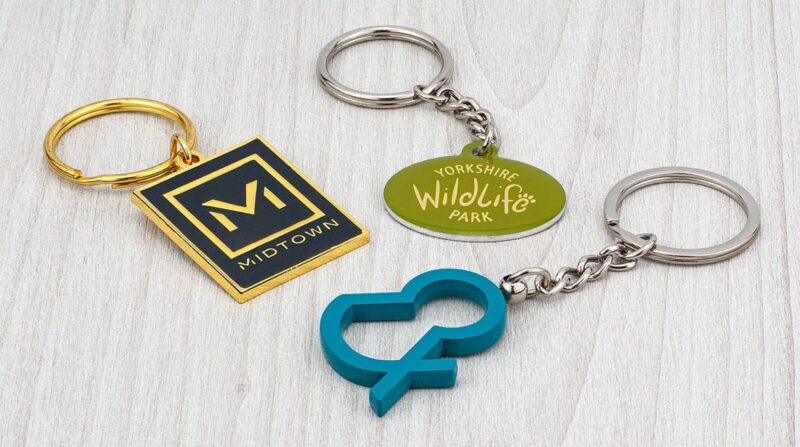
One of the most tempting traps early sellers fall into is trying to appeal to everyone. But in the world of online shopping, the riches are in the niches.
Ask yourself:
- Are your keychains funny? Sentimental? Anime-themed? Pet-centric?
- Do they appeal to a certain profession, hobby, or fandom?
- Could you make matching sets for couples, friends, or events?
It might feel limiting to narrow your focus, but paradoxically, it makes marketing way easier. When your designs speak clearly to a specific group, they’ll feel more personal—and that’s what makes someone click “add to cart.”
Build a Brand That Feels Like You
This step gets overlooked a lot because it feels abstract. But hear me out—people don’t just buy keychains, they buy how those keychains make them feel.
So instead of just uploading product pics and calling it a day, think about:
- What’s your voice? (Are you quirky, romantic, motivational?)
- What colors, fonts, and packaging will you use?
- Can your store name or logo tell a little story?
These details don’t need to be perfect from day one. But making them consistent helps people recognize your shop and feel connected to it. And that kind of emotional connection is what drives repeat sales.
Set Up Your Shop the Smart Way
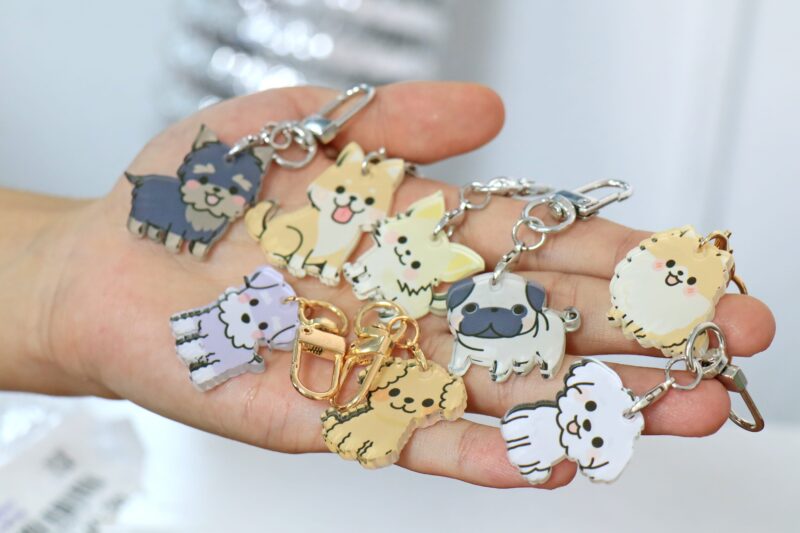
You don’t need a tech degree to sell keychains online—but a little setup work upfront can save you a ton of headaches later.
Popular platforms to consider:
- Etsy: Great if you’re targeting handmade and art-focused buyers.
- Shopify: Offers more customization and branding control.
- b: Perfect if your marketing leans social.
- Amazon Handmade: Good if you’re ready for higher volume (and fees).
Make sure your product listings:
- Have crisp, well-lit images (no filters, just honest photography).
- Include clear dimensions—people care a lot more than you’d think.
- Use SEO-friendly titles and tags (think: “Cute Cat Acrylic Keychain” not just “Keychain”).
One little trick? Always show the keychain in use—in someone’s hand, on a bag, or next to a familiar object. People like to visualize size and texture before they buy.
Price It Right Without Guessing
Here’s the honest math: pricing should reflect value, not just material cost.
A few questions to guide your pricing:
- How much does each piece cost to make (including shipping + fees)?
- What are similar items selling for on your chosen platform?
- Are you adding value through packaging, branding, or a unique concept?
If you’re selling handmade pieces, don’t undervalue your time. And if you’re selling mass-produced designs with your artwork, lean into the emotional appeal—your design is the product.
Promote Without Feeling Like a Salesperson
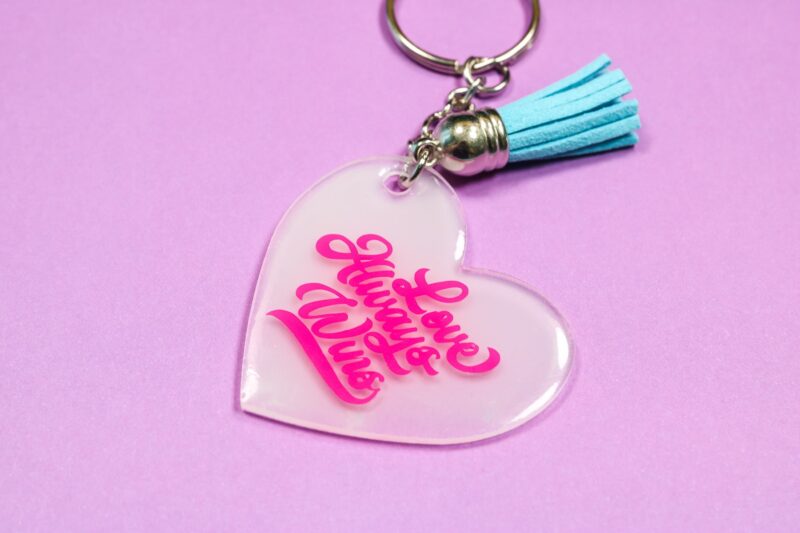
If marketing gives you that squirmy “ick” feeling, you’re not alone. But think of it more like inviting people to something you made, rather than convincing them to buy.
Here’s what works:
- Instagram and TikTok: Share behind-the-scenes shots, packaging clips, or quick how-it’s-made videos.
- Pinterest: Great for evergreen exposure. Use vertical pins that link to your shop.
- Email newsletters: Even a short monthly update with a new release can build loyal customers.
- Customer reviews: Screenshot happy DMs, repost tagged stories, and ask buyers to share their haul.
And yes—it’s okay to repeat yourself. People don’t remember your posts as much as you think, and consistency builds trust.
Pack With Personality (and Practicality)
You’d be surprised how many 5-star reviews come from thoughtful packaging. A thank-you card, a sticker, or a handwritten note goes a long way. It turns an ordinary item into a gift.
Also:
- Always pack in a way that protects acrylic or metal from scratches.
- Label clearly, especially if selling multiple styles or sets.
- Consider branded tape or stamps—it makes even a plain envelope look custom.
If you’re using a supplier, many allow branded inserts or custom packaging. It’s worth asking about once you’re getting consistent sales.
Learn and Adjust Without Burning Out
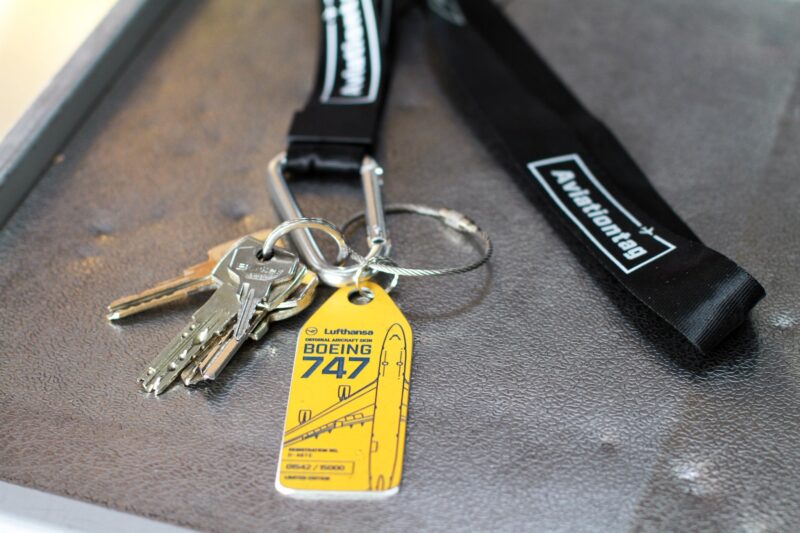
The truth is, not every design will be a hit—and that’s okay. Selling online is equal parts art and testing. Use what sells to guide what you make more of. Use what doesn’t sell to learn what your audience doesn’t connect with.
Some metrics to watch:
- Click-through rate: Are people clicking but not buying? Maybe your photos or price need a tweak.
- Abandoned carts: Consider offering free shipping or discounts for first-time buyers.
- Repeat customers: If they come back, you’re definitely doing something right.
Final Thought: Keep It Fun or Don’t Bother
Look, starting a small business isn’t all glitter and launch parties. There are slow days, confusing fees, and packaging tape stuck to your elbow at 1am. But if you approach it with curiosity and keep it personal, it can be incredibly fulfilling.
And that’s kind of the whole point, right? To make something meaningful and put it into the world—even if it’s just one keychain at a time.

